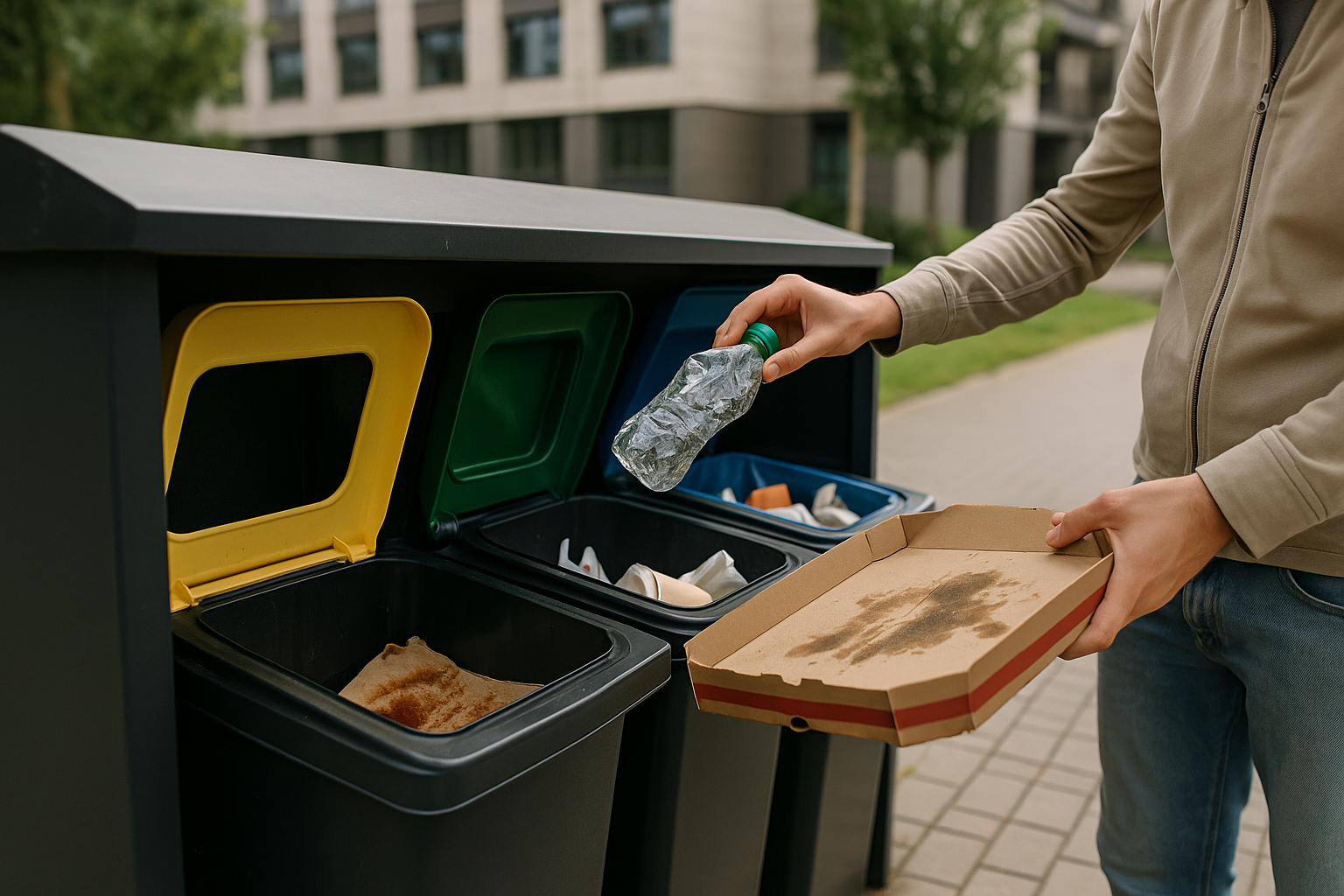Zero-shot AI offers fast and flexible solution for municipal waste sorting crisis
Traditional AI-powered waste classification systems rely on supervised learning methods. These require extensive labeled datasets and periodic retraining to adapt to changes in consumer packaging, local regulations, and contamination patterns. The approach is expensive, rigid, and often unscalable. By contrast, zero-shot learning allows models to generalize to new, unseen categories based solely on textual prompts, a significant advancement in smart waste management.

A group of researchers has proposed a transformative artificial intelligence (AI) solution for cities grappling with mounting landfill volumes. In a study published in the journal Recycling, they have introduced a promising method of automated waste classification using zero-shot learning (ZSL).
The study, titled “Zero-Shot Learning for Sustainable Municipal Waste Classification,” presents a vision-language-based AI approach that can categorize waste items without needing extensive retraining on every new material or packaging variant. With global recycling systems facing inefficiencies from visual ambiguity, labeling inconsistencies, and limited datasets, the proposed zero-shot learning models offer a scalable and generalizable classification tool. The study specifically evaluates the OWL-ViT and OpenCLIP models using the benchmark TrashNet dataset to assess classification accuracy across common household waste types.
Why zero-shot learning offers a scalable solution for waste classification
Traditional AI-powered waste classification systems rely on supervised learning methods. These require extensive labeled datasets and periodic retraining to adapt to changes in consumer packaging, local regulations, and contamination patterns. The approach is expensive, rigid, and often unscalable. By contrast, zero-shot learning allows models to generalize to new, unseen categories based solely on textual prompts, a significant advancement in smart waste management.
The researchers tested two state-of-the-art vision-language models: OWL-ViT (Open-World Vision Transformer) and OpenCLIP (Contrastive Language-Image Pretraining). OWL-ViT, designed to detect and classify objects from user-specified prompts, significantly outperformed OpenCLIP in terms of zero-shot accuracy. The team evaluated performance using TrashNet, a publicly available image dataset comprising six waste classes: glass, metal, cardboard, plastic, paper, and trash.
In the full six-class configuration, OWL-ViT achieved an accuracy of 76.30%, outperforming baseline supervised models and highlighting its capacity to manage visual complexity without retraining. This is critical in real-world scenarios where waste items vary widely in shape, color, cleanliness, and form. OpenCLIP lagged behind, suggesting that object detection architectures are more suitable than pure classification ones in vision-language settings for waste tasks.
The study also explored the effect of class reduction, grouping waste into three broader categories: recyclable, compostable, and non-recyclable. This simplified configuration yielded even better results, suggesting that ZSL performs more effectively when broader semantic groupings are applied, a practical insight for smart bin deployment in cities.
What are the key technical challenges in zero-shot waste classification?
The study points out several critical limitations that must be addressed before large-scale deployment, with key among them being label ambiguity. Items like greasy pizza boxes, paper towels, or thin plastic films defy easy categorization, even for human sorters. These ambiguities reduce model confidence and degrade classification performance, especially in boundary cases.
The visual similarity between different waste types also hinders classification accuracy. Materials such as plastic and paper may exhibit overlapping texture, color, and form in images, leading to misclassification. While OWL-ViT was better at handling this complexity, misidentification of materials like contaminated cardboard and dark-colored plastic still occurred.
Another obstacle involves the TrashNet dataset itself, which, while widely used for benchmarking, lacks the variability of real-world data. It does not account for lighting changes, occlusion, material deformation, or contamination, factors that affect performance in uncontrolled environments like household or street-side recycling bins. The study emphasizes the need for richer, more diversified datasets to train and validate vision-language systems for real-world utility.
Prompt design in zero-shot learning also remains a manual and sensitive process. The wording of prompts directly influences classification results, requiring careful calibration and semantic clarity. The authors argue for standardization in prompt templates and further research into dynamic prompt generation techniques that can adapt to regional waste taxonomies and linguistic preferences.
How can this research impact smart recycling systems globally?
Smart recycling infrastructure, particularly in urban areas and smart cities, could benefit significantly from ZSL-enabled waste recognition. Current automated bins and robotic sorters rely on fixed categories and need continual retraining as waste types evolve. With zero-shot models, the same system could adapt to new items, such as biodegradable cutlery, composite packaging, or smart textiles, without human intervention or code modifications.
By leveraging OWL-ViT’s open-vocabulary capabilities, future recycling systems can be built to recognize a growing taxonomy of waste materials simply through updated textual labels. This enables adaptability and future-proofing, especially as extended producer responsibility (EPR) policies push manufacturers to modify packaging materials and as compostable or bioplastics gain market traction.
The study also recommends integrating these models into Internet of Things (IoT) devices and smart bin prototypes. Lightweight vision-language models, combined with embedded cameras and edge processors, could classify and sort waste at the point of disposal, reducing human error and increasing recycling purity rates. Additionally, municipalities could benefit from aggregated data insights on waste types and contamination patterns to inform policy and public awareness campaigns.
From a sustainability perspective, such tools align with broader circular economy strategies. Reducing misclassification and contamination in waste streams improves recycling efficiency and reduces reliance on incineration or landfilling. Moreover, the ease of deploying zero-shot models via cloud APIs or on-device solutions enhances their viability across income settings and geographic regions.
- FIRST PUBLISHED IN:
- Devdiscourse










